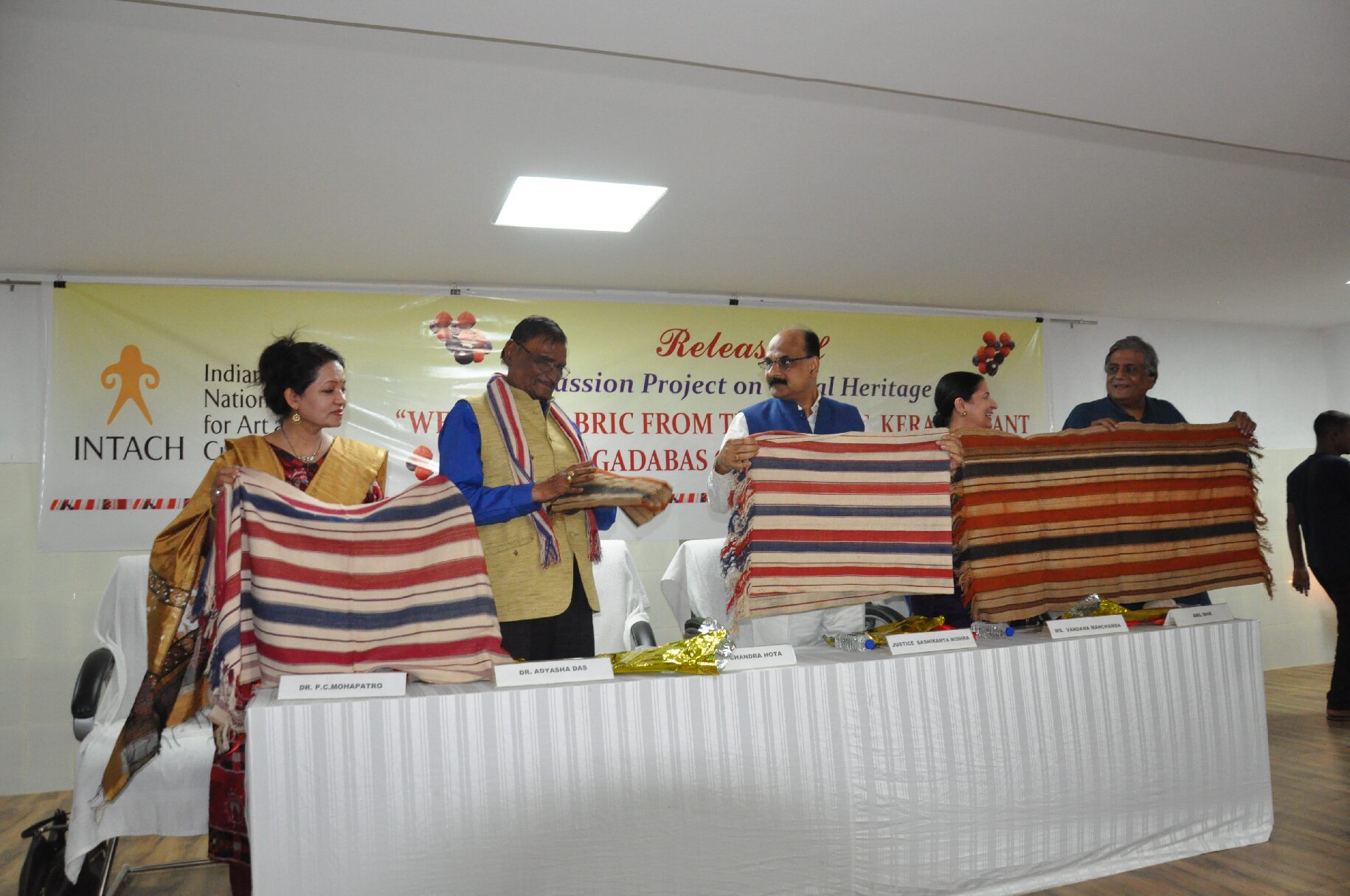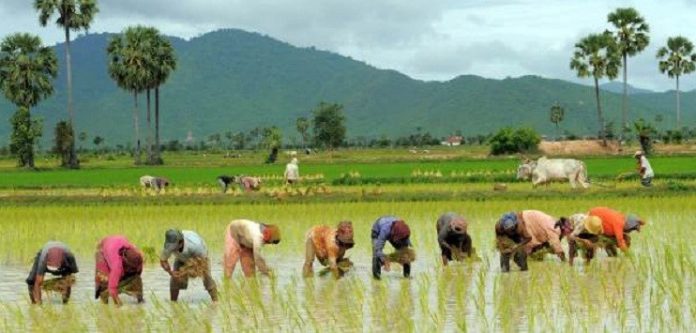Agro-processing has now emerged as a major economic activity worldwide. The role of agricultural growth in lifting people out of poverty is also well-recognised, and rural infrastructure and agriculture research are key drivers of this.
COVID-19’s economic implications have once again catapulted agriculture into the mainstream discourse. The reverse migration of labourers to India’s hinterlands is having a differentiated impact across regions. While agricultural operations in the well-endowed regions are about to suffer, the hinterlands will have received an excess supply of labourers, throwing up new challenges and opportunities.
In this context, it is worthwhile to revisit the role of agriculture in economic development to throw light into the policies the sector will need to adopt to recover better.
Economists have delineated agriculture’s major roles in economic development, broadly in terms of contributions like products, markets, factors and foreign exchange. Product indicates supply of goods like foods and several raw materials like cotton, sugar cane etc for the industrial sector, while absorbing labour. This is the most critical contribution. The market drives demand for industrial products. Factor mainly refers to the form of supply of labour and capital for non-farm sectors. The foreign exchange contribution of agriculture is in terms of exports of agricultural commodities.
In India, these contributions have become more prominent during phases of technology-aided growth, visible in all sectors such as crops, livestock and fisheries. And due to their scale and magnitude of impact, they are broadly described as revolutions; green revolution in crops, white revolution with dairy and blue revolution with fisheries. Notwithstanding the many lacunae in this model, India is today a global leader in their production.
The agricultural sector gained a respectable place as an agent of economic development only after the success of the green revolution in developing countries. This is mainly because of several perceived shortcomings of the agricultural sector, such as its high dependence on natural resources to generate low-value products and susceptibility to economic fluctuations. Other reasons included low price, income elasticity of demand, poor linkage with other sectors and its extensive nature of cultivation.
However, new agricultural technologies helped negate these arguments because they were scale-neutral and input-intensive. Agro-processing has now emerged as a major economic activity worldwide. The role of agricultural growth in lifting people out of poverty is also well-recognised, and rural infrastructure and agriculture research are key drivers of this.
India’s agricultural sector depends on migrant labourers for several operations. Now, an estimated 50 million migrant labourers (of India’s 140 million) are expected to have returned to their native places from cities following the nationwide lockdown from March 24. They account for about 11% of the non-self-employed labour force. Many migrant labourers, mainly from eastern states, are working in agricultural fields in the country’s west and north. They are also significantly employed in marine fishing, post-harvest activities, managing livestock, in marketing, and in the creation of agricultural infrastructure.
It appears that the migrants’ return is having a negative impact on agriculturally developed regions like Punjab, with the proximate cause being the harvest of important rabi crops like wheat and mustard, resulting in a higher production cost. If the lockdown continues without adequate mitigation efforts, even the kharif crop could be affected. Unless compensated for the loss of labour force, many marine fishing and fish processing activities will also be impacted.
Another fallout would be the reduced capacity of the sector to generate savings, affecting demand for inputs like fertilisers, pesticides, farm machinery, etc. Further, demand for other industrial and consumer goods would be affected as well, with ramifications for industrial growth. Ensuring sufficient flow of institutional credit to agriculture and small-scale industrial sectors is of critical importance now.
Reverse migration due to COVID-19 provides an opportunity for hinterland administration to engage the returned labourers in gainful employment, and the sole short-term option is to leverage the potential of agriculture. Especially labour-intensive sectors like livestock, fisheries and food processing have not developed over the years, and the labourers who have returned can be used to reverse this trend. Labourers can also be involved in creation and revamping of rural infrastructure, godowns, water management and in food and fodder processing. The labour has to substitute for the probably reduced input application in agriculture to help maintain the production level, resulting in increased factor share of labour in the agricultural sector.
Maintaining food security both at household and intra-household levels will be challenging. The presence of additional member(s) in the household without income and contribution to food production could worsen the nutritional security of households in the short term. This has a gender dimension too, as women could become further marginalised.
COVID-19 could reinvent the importance of the agriculture sector as the one on which our labour force can fall upon at a time of crisis. Reviving this sector will be the key in the post-COVID-19 phase of the Indian economy.






































